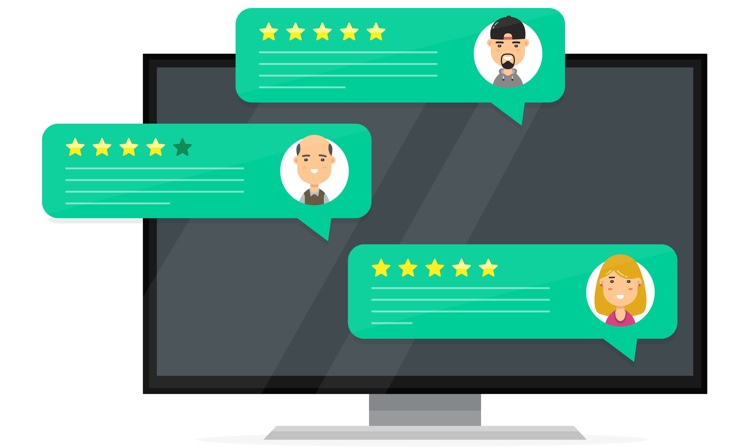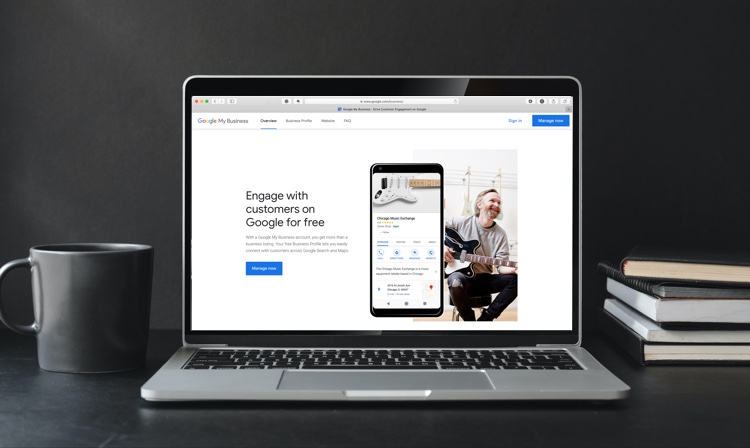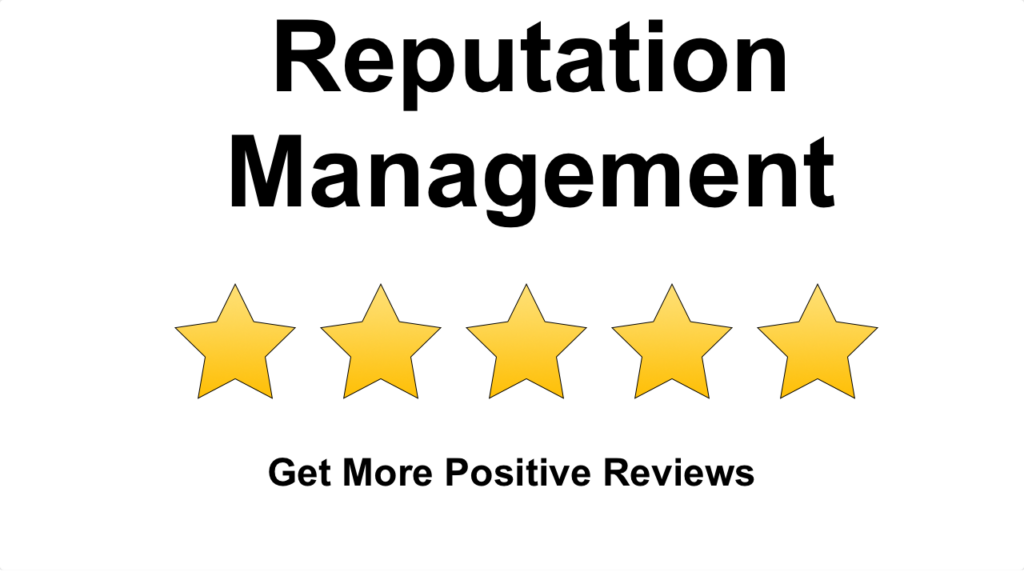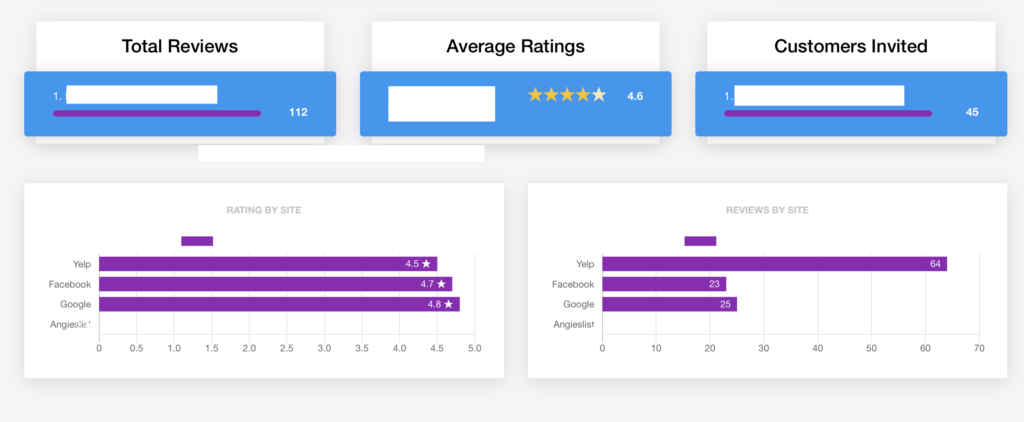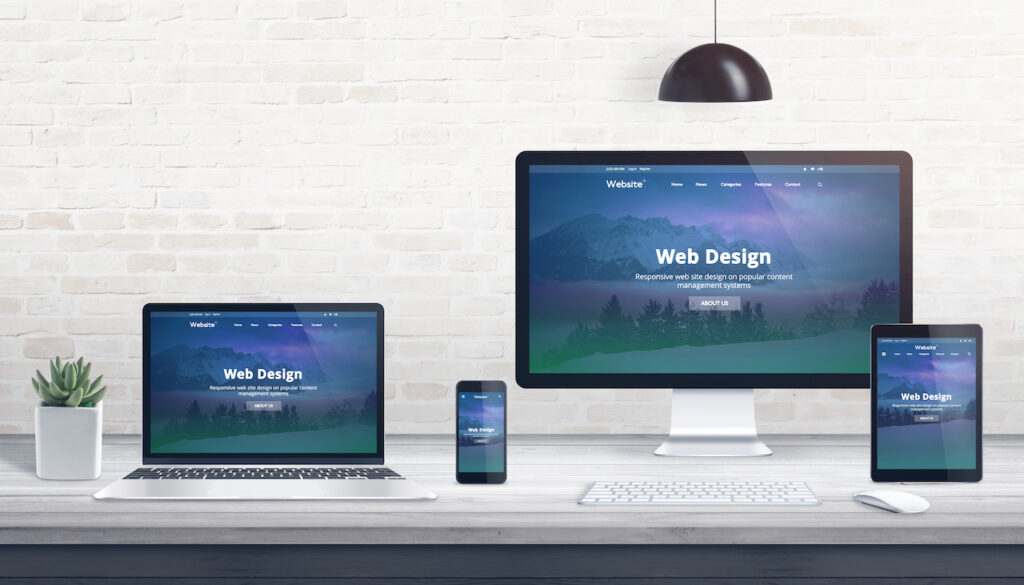In the world of online marketing, businesses often find themselves at a crossroads: to invest in content that lasts or to opt for ongoing advertising costs. It’s the classic battle between CityRank (Local SEO) pages and pay-per-click (PPC) advertising. But when it comes to long-term value and savings, one clearly stands out. Let’s dive in.
The Pay-Per-Click Paradigm
PPC advertising operates on a simple premise: you pay for every click your ad receives. While this can bring immediate traffic and potential leads, it comes with ongoing costs. The moment you stop funding your ads, your visibility plummets. It’s a bit like renting a billboard; once you stop paying, your ad is taken down.
The CityRank Advantage
Enter CityRank pages. These Local SEO optimized pages are designed to rank your business high in local search results. The beauty of CityRank lies in its one-time investment nature. You pay once, and the content stays online, working for you indefinitely.
Let’s highlight the core benefits:
Evergreen Presence: Unlike ads that disappear once the budget dries up, CityRank pages remain online, continually attracting potential customers.
Immediate ROI: The moment a new lead, client, or customer finds you through your CityRank page, it has essentially paid for itself.
All Gravy After That: Every subsequent lead or sale from that page? It’s essentially free. No additional costs, just pure profit.
Cost Comparison: CityRank vs. PPC
To truly grasp the long-term savings, let’s break it down:
PPC: Ongoing costs. You pay for every single click, regardless of conversion. Over a year, these costs can accumulate significantly, with no guarantee of consistent results.
CityRank: One-time cost. After the initial investment, the page remains active indefinitely, drawing in potential clients without additional charges.
Long-Term Value in Perspective
Consider this: every business aims to maximize its return on investment (ROI). With PPC, your ROI is constantly tethered to your budget. But with CityRank pages, the ROI grows over time. The longer your page is active, the more leads it can generate, all without additional costs.
Key Takeaways:
- One-Time Cost
- Lasting Presence
- Growing ROI
- No Hidden Fees
- Consistent Visibility
In the ever-evolving digital landscape, businesses need strategies that offer lasting value. While PPC has its place in quick promotions or short-term campaigns, CityRank pages provide a foundation for long-term growth, visibility, and profitability.
In Conclusion
The digital marketing world offers a plethora of options, but savvy businesses know where true value lies. By investing in CityRank pages, you’re not just buying content; you’re securing a future of consistent online visibility and potential growth. So, why pay endlessly for clicks when you can invest once and reap the benefits for years to come?
If you’d like to learn more, or get started, schedule a free, no-obligation, introduction call.




